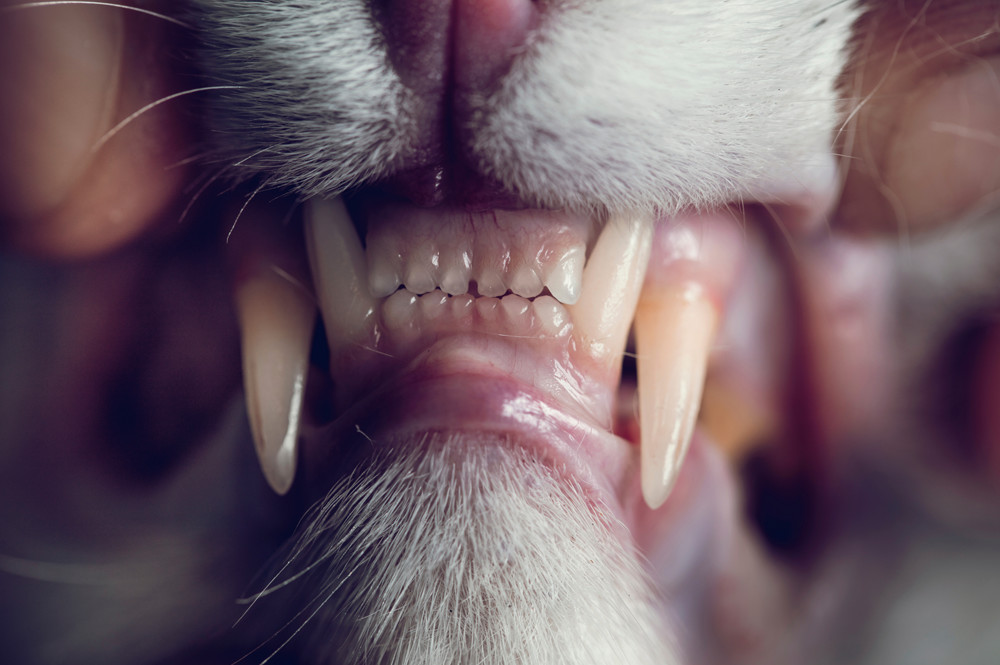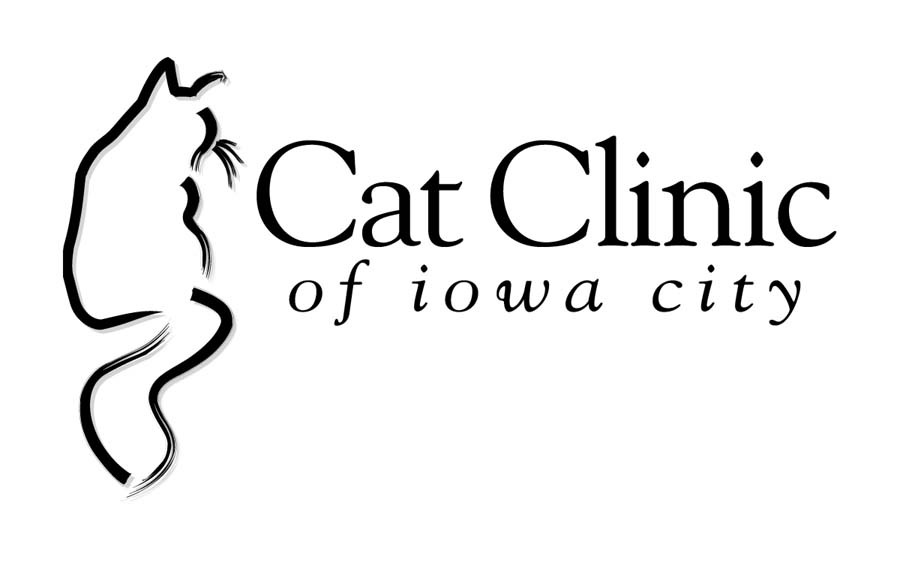Cat Clinic of Iowa City
Cats Need Dental Too!
Cat Clinic of Iowa City
Dental care isn’t something exclusive to humans; cats need it too! This helpful guide will walk you through dental care for your kitty.
Educational Care Guides
Make caring for your cat easy!
The Cause of Dental Disease:
The most common oral problem that cats face is gingivitis, inflammation of the gum tissue. It can be caused by immune system diseases, but can also be caused by plaque. Plaque is comprised of saliva, food particles and bacteria. It is the “white stuff” on your tongue or “peach fuzz” feeling you may have on your teeth in the morning.
If not brushed off, plaque will begin to harden and become tartar. The bacteria in the plaque and tartar invade the gumline causing infection and bleeding. The infection weakens the ligaments and bone that hold the tooth in the “socket” and can cause loose, painful and missing teeth. This advanced infection is called periodontal disease.
The infection also seeps into the bloodstream through the gums and can cause infections in the heart, kidneys, liver or virtually anywhere in the body.

Signs of Gingivitis:
- Deep pink gums
- Subdued behavior
- Abnormal drooling
- Bad Breath
- Swallowing food
- Dropping food whole out of the mouth
- Yellow/brown crust on teeth
- Going to the food bowl, but not eating
- Changes in eating or chewing habits
Signs of Periodontal Disease:
- Tooth loss
- Abscessed teeth/roots
- Severe gum recession
Another dental disease cats get is called resorptive lesions (also called “cat cavities”). These lesions are not the same disease as human cavities. Resorptive lesions are little holes that form on the teeth near where the tooth crown meets the gumline. These holes will get larger and larger, eventually exposing the sensitive nerve within the tooth. Finally the tooth crown breaks off and exposes the roots of the tooth to infection. The cause is unknown and this painful oral disease is seen in approximately 60% of all adult cats. Unfortunately, there is no effective treatment for these painful lesions and the only cure is to remove the tooth.
Treatment:
Treatment of oral diseases includes: dental cleanings, x-rays, medications and procedures such as root planing and extractions, and prevention of recurrence.
Prevention:
Brush, brush, brush! Daily brushing is the number one way to prevent tartar buildup.
